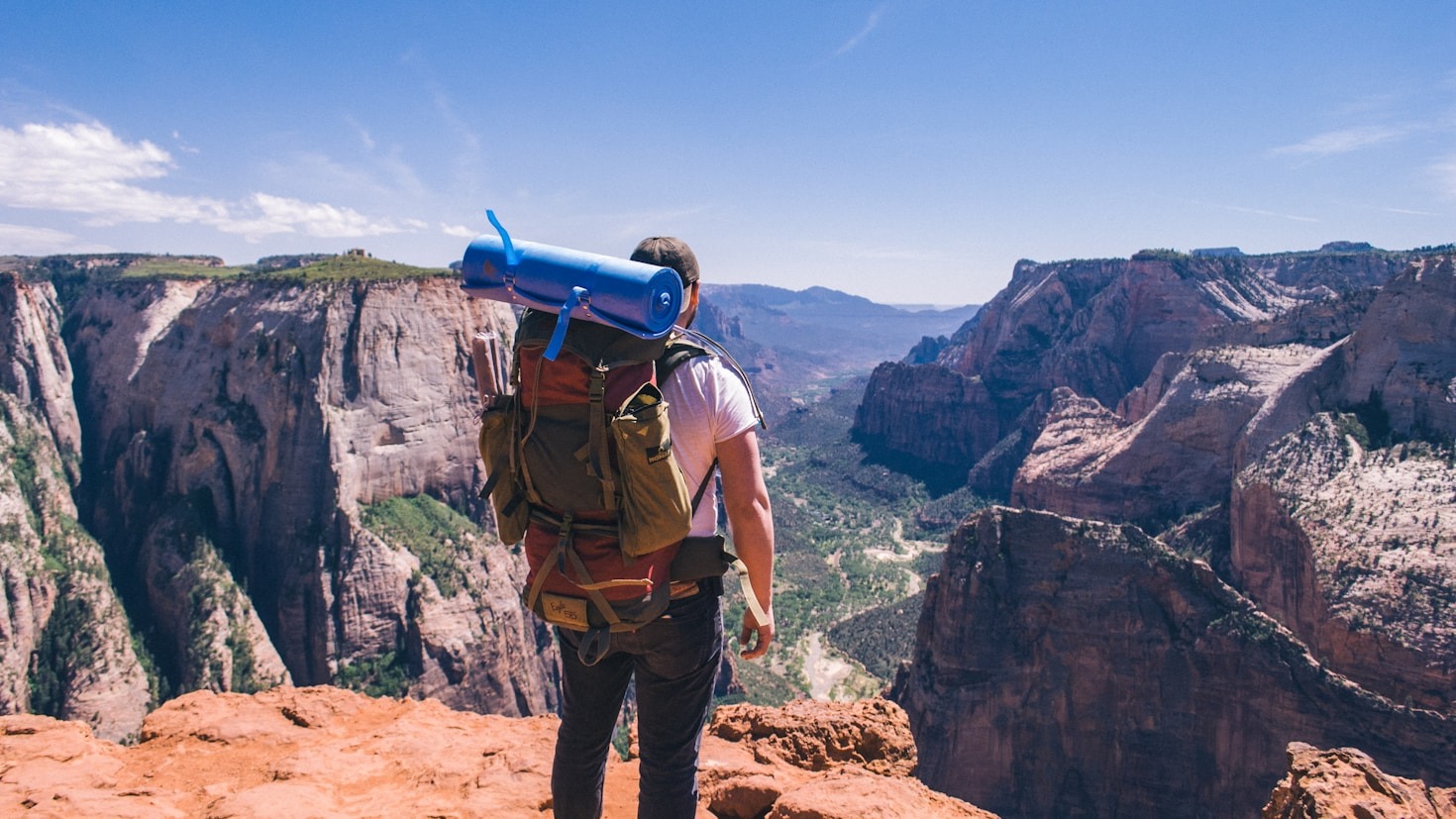How to Maintain Camping Gear: A General Guide for Long-Lasting Adventure Equipment
Camping gear is an investment in outdoor experiences, comfort, and safety. Whether you’re a seasoned backpacker or a weekend camper, properly maintaining your gear ensures it performs well and lasts for many seasons. This guide provides general but essential tips for caring for your camping equipment before, during, and after your trips.
1. Clean After Every Use
Why it matters: Dirt, grime, and moisture degrade materials over time.
- Tents: Shake out debris, wipe down with mild soap and water, and dry completely before storing.
- Sleeping bags: Air them out after each trip. Wash them sparingly according to the manufacturer’s instructions—typically in a front-loading machine with mild detergent.
- Cookware: Wash thoroughly and dry to prevent rust or mold.
- Clothing and Footwear: Clean according to care labels, especially items with waterproofing.
2. Store Gear Properly
Why it matters: Improper storage can lead to mildew, warping, or reduced effectiveness.
- Tents & Sleeping Bags: Store loosely in breathable bags or hang in a dry closet. Avoid tight compression sacks for long-term storage.
- Stoves & Fuel: Remove fuel canisters. Clean off food spills and store in a cool, dry place.
- Backpacks: Empty and brush out any dirt. Loosen straps and hang or store flat.
- Electronics & Batteries: Remove batteries from flashlights and headlamps to prevent corrosion.
3. Inspect Regularly
Why it matters: Catching issues early can save a trip—and money.
- Check tents for tears or broken zippers.
- Inspect sleeping pads for leaks.
- Test stoves and lighters before heading out.
- Make sure ropes, cords, and buckles aren’t fraying or cracked.
4. Re-Waterproof as Needed
Why it matters: Water-resistant coatings wear out over time.
Seam seal tent seams periodically, especially if used frequently or exposed to harsh conditions.
Apply spray-on or wash-in Durable Water Repellent (DWR) treatments to maintain the water-resistant performance of tents, jackets, and rain gear.
Why it matters: Catching issues early can save a trip—and money.
More Things to Ensure


5. Sharpen and Maintain Tools
Why it matters: Dull tools are unsafe and ineffective.
- Knives & Hatchets: Sharpen blades regularly and oil them to prevent rust.
- Multi-tools: Clean joints and hinges, and lubricate as needed.
- Saw Blades: Clean teeth and check for wear.
6. Replace Worn-Out Items
Why it matters: Some gear has a lifespan, and pushing beyond it can be unsafe.
- Retire gear that shows signs of serious wear or structural weakness, especially when it affects function—such as broken poles or torn insulation.
- Keep a list of gear warranties. Some brands offer repairs or replacements.
7. Keep a Repair Kit Handy
Why it matters: Quick fixes can salvage your trip.
Your kit should include:
- Duct tape or gear-specific repair tape
- Sewing kit or fabric patches
- Spare buckles, clips, and cord
- Tent pole splint
- Waterproof glue or seam sealer
8. Follow Manufacturer Instructions
Why it matters: Not all gear is created equal.
- Always read tags, manuals, and care labels.
- Using the wrong cleaning agents or techniques can void warranties or reduce performance.
Final Thought
Taking the time to care for your camping gear not only protects your investment but also ensures your outdoor experiences are safe and enjoyable. A little routine maintenance goes a long way, letting you focus on nature—not on broken zippers or soggy tents.

Leave a Reply